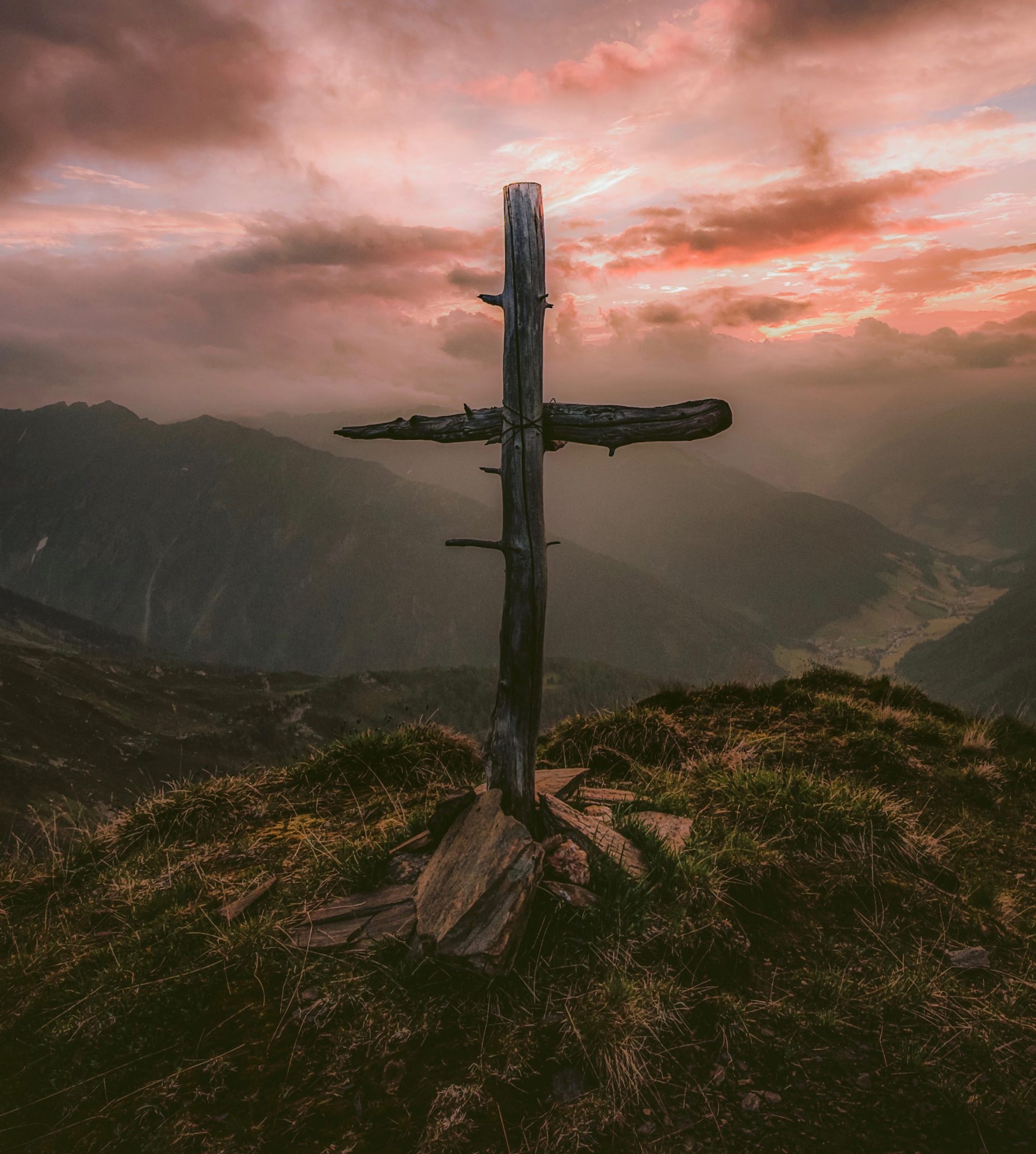Here’s the second in a series on forgiveness inspired by my holiday reflections. At the end of Part One I promised to get to the heart of why forgiveness is so challenging and explore the shift in perspective that makes true forgiveness possible in hurtful times when it’s needed the most. Again I’ll reference inspiration from the Fall 2019 edition of Parabola magazine and Ronald Rolheiser.
In a Parabola article titled Why Forgive?, Richard Smoley astutely points out that one of the chief impediments to forgiveness is the sincere belief that “guilt is real and solid and therefore must belong to someone.” Sit with that one for a minute!
Where are you on the scale ranging from “guilt is real” to “guilt is not real and therefore everyone is innocent”?
Is Everyone Innocent?
Innocence is a strong word in this context and I use very intentionally, but getting to blanket, universal innocence surely requires a sea change in consciousness. Some of the most profound questions of spirituality come into play: What is your most basic nature as a human being? Are you just the body, the form, or is there a belief and trust, maybe even a felt sense or direct experience of Eternal Being?
And if there is a belief or experience of Eternal Being, is it true for everyone? Does it have a quality of innocence or, as the Buddhists would say, basic goodness?
Your state of consciousness when contemplating forgiveness is key. Are you in your small self or are you aligned with a deeper truth?
The Innocence and Forgiveness of Jesus and Mary
I believe the Jesus story is nothing if not a dramatic depiction of a man aligned with the deepest truth of Being. Mary, the mother of Jesus, standing at the cross, also lives from that truth and the forgiveness that flows from it. Here’s how Ronald Rolheiser puts it in Sacred Fire: A Vision for a Deeper Human and Christian Maturity:
In essence, her silence and strength were speaking these words: ‘Today I can’t stop the cruxifixction; nobody can. Sometimes darkness will have its hour. But I can stop some of the hatred, bitterness, jealously, and heartlessness that caused it—by refusing to give back in kind.
Rolheiser is quick to add that Mary’s response is “not passive resignation, but its opposite. It is a movement toward the only rays of light, love, and faith that still exist in that darkness and hatred.” Indeed, she “radiated all that is antithetical to cruxifiction: gentleness, understanding, forgiveness, peace, light, and courage.”
People such as Sister Helen Prejean are living this larger story when they offer loving support for convicted murders, regardless of guilt or innocence. When Sister Helen reminds us that everyone is worth more than their worst mistake, she is speaking from a place of connectedness and spiritual maturity.
Forgiveness pushes us to consider who and what we really are, and who we want to be, especially when the blood is up and the stakes are high. It offers us the choice of habitually going along with the old paradigm of separateness and division, or being active peacemakers and agents of transformation who honor the basic dignity of every human being (and all beings) with no exceptions.
A Call to Action: Restorative Justice and Active Peace Circles
In her Parobola piece, Forgiveness: The Art of Mercy, Mirabai Starr recounts her participation in a restorative justice circle involving the mother of a sixteen year old girl and the young man who, after a fight with the girl, his girlfriend, ran over her and killed her with a car.
Mirabai begins by telling us that this restorative justice circle was one of the most powerful experiences she’s ever had. She describes the healing that took place in the room that day: the grief, the tears, the truth-telling, and the sacred silence when everyone was done speaking.
The circle ended, spontaneously, with the devastated mother embracing the devastated young man. He was forgiven, and the healing that happened in that circle was taken into account when he was sentenced. Mirabai concludes her story by affirming that, “The fabric of community had been carefully and collectively rewoven. Not a single one of us would be the same.”
That is also my experience of restorative justice, and from the beginning, my conceptions of Active Peace have been inspired by it. Active Peace Circles are a very practical way to take the best of restorative justice and go even deeper with it by empowering the community to take the lead in healing harm.
It’s transformational, paradigm shifting work that calls forth all the qualities referenced above, including a deep commitment to knowing the innocence at the core of one’s being—the wellspring from which love and forgiveness flow in healing abundance.
Get in touch with me to bring Active Peace into your life and community through one-on-one coaching, group training, or the online practice group.
Photo credit: Eberhard Grossgasteiger on Unsplash


Happy for the feedback Deborah. Yes, I think these themes go right to the heart of transformation being called forth.
This is a very poignant post that broadens my perspective. As I struggle with the anger, disgust, and despair arising in response to current headlines, I will summon the sensations I am now experiencing as I contemplate Scott’s words. Thank you